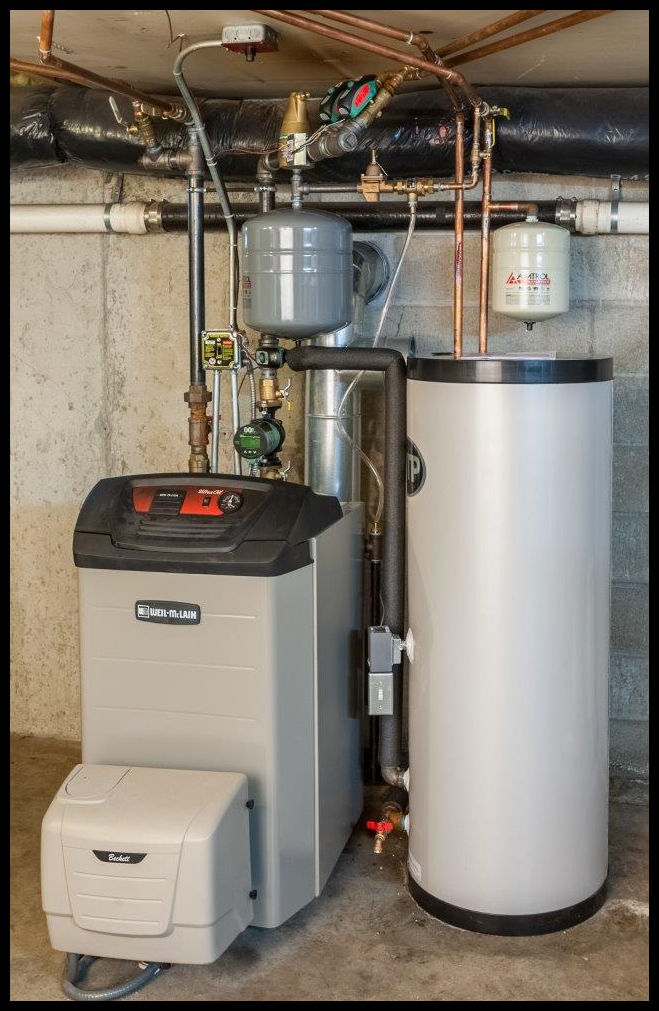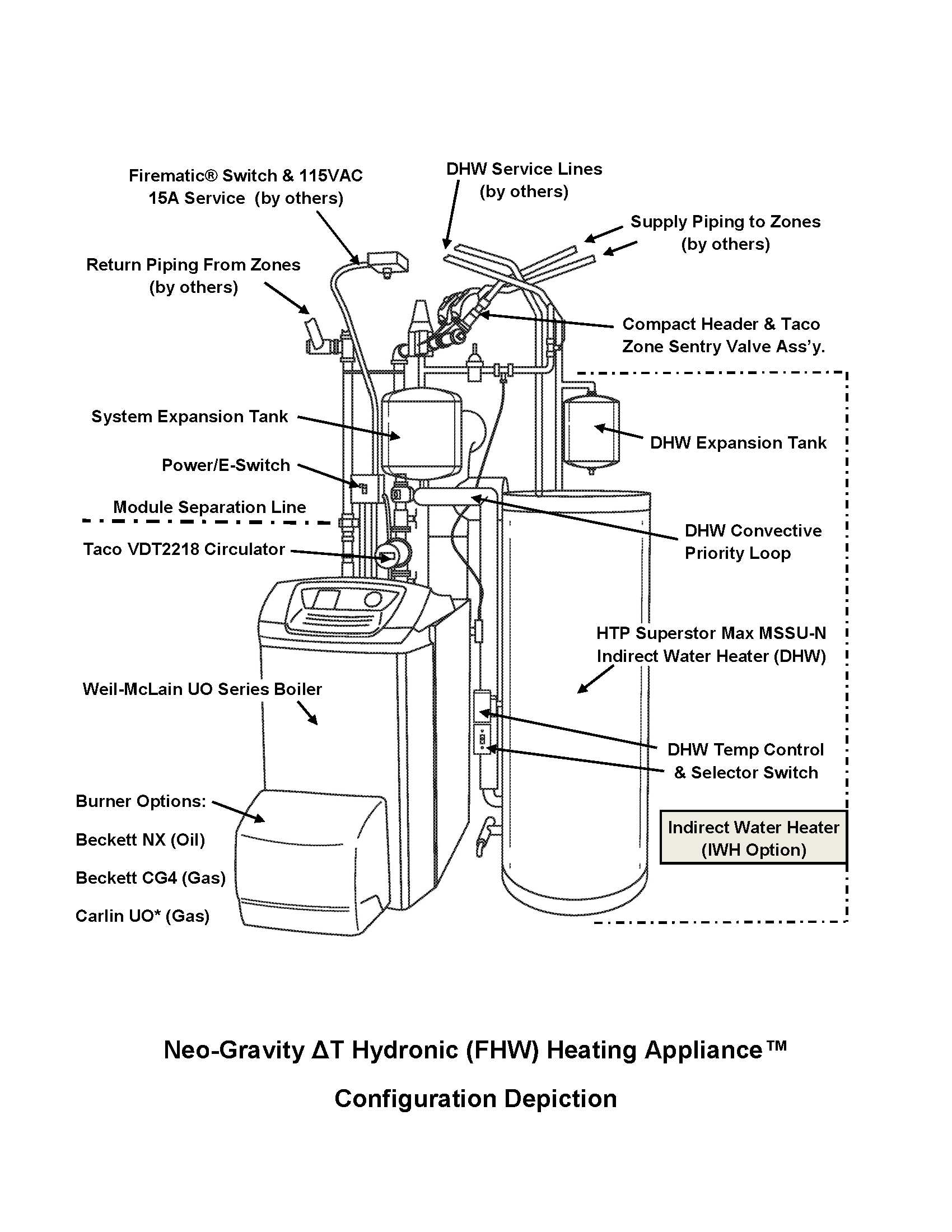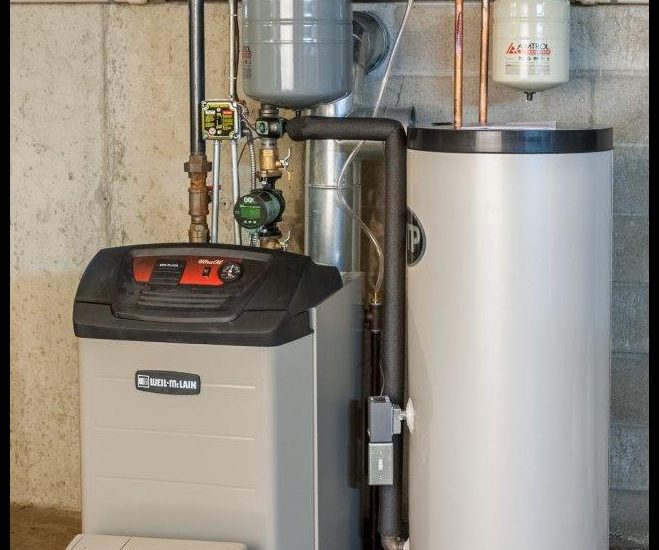The past heating season of 2021-2022 has been a nightmare for all of us, and in our professional opinion is definitely a created one! It takes little insight to arrive at this conclusion based on fundamental energy facts.
Consider the following:
- We, the USA, have the largest proven and projected hydrocarbon fuel reserves in the world.
- Our country was necessarily built upon and remains totally dependent upon petrochemicals as our societal building block.
- Oil and Natural Gas form the basis of our Energy Industry, for Heating, Transportation and Electrical Production.
- So called “renewables” have yet to prove sustainability as freestanding economic alternatives to hydrocarbons.
Thus the current energy atmosphere is both artificially created and will/must be reset, at the imminent risk of economic collapse. Meanwhile, what can we do immediately to minimize both our risk and to advantage as heating consumers and providers in the current storm?
The primary tool necessary for any heating energy comparisons is a Heating Fuel Cost Calculator. The NH Energy Audit offering is our favorite, allowing maximum “number juggling” within an .xls spreadsheet. So play Fuel Types, Costs and Heating Unit Efficiencies to your heart’s content! Note that it is a regional (NH) in fuel cost data input, but with a universal background formulation around the standard, accepted heating fuel measure of Price per Million BTU. Pivot all your calculations around it.
Most importantly is to first classify if a heating fuel or energy source is a “delivered” or a “distributed” commodity. Simply defined:
- A “delivered” fuel such as oil, propane, cord wood, chips and coal is dropped into your tank(s) or on your property and is your total fuel bill.
- A “distributed” fuel such as electricity or natural gas is wired or piped into your property and billed, typically monthly. Your total energy bill is therefore fuel cost plus the service charges that comprise your total billing. You must take the actual fuel cost and divide it into your total bill to determine the “service multiplier”. You must then multiply any distributed fuel cost by this multiplier to obtain the actual fuel cost. Our regional multiplier is typically over 2.0, but varies.
As Heating Trade participants, both Service And Technical for some 65 years, we continuously monitor the fuel market, qualifying and applying both current and emerging technologies as a business necessity. From this we can generalize that the heating fuel market was stable and predictable until about 2016. Since that time the common fuel relationships have changed and had stabilized by mid-2021, but all bets are now off. In fact we are not currently detailing the heating fuel market, but looking beyond to the inevitable re-stabilization and is the strategy of this article. From this we can offer the following observations, substantiated by our detailed documentation.
The perpetual “Natural Gas is cheaper than Oil” scenario is not necessarily true, particularly in New England since 2016. This observation is predicated upon a consumer strategy that we detailed in our Heating Blog, entitled “OIL HYDRONIC HEATING IS CHEAPEST – For The “Smart” Consumer”, published in 2020. It advocates a two-step strategy, namely:
- Participation in a Consumer Fuel Co-Op to leverage your fuel purchasing leverage.
- Employing a Process-Optimized Oil Heating Appliance as your energy conversion device.
Combining these bridge the implied natural gas vs. oil fuel performance to advantage. Here in New England we are natural gas pipeline capacity limited due to our non-friendly neighbor New York State. No fuel pipelines will cross the Hudson River, ever. Our only gas option is LNG through a few terminals. The recent banning of natural gas expansion in NYC is likewise being reviewed in Boston, with a potentially greater impact. (Working as an engineer in a major gas-using process, we had to provide a three-day usage forecast to Mass Gas & Electric, for example.) On the oil side we have a substantial new player in our market, Irving Oil of Canada. They have very aggressively marketed and established themselves throughout Northern New England (ME, NH. VT) and expanding further.
But on a purely economic basis, Propane (LP) has never been a very viable area heating fuel source. We tracked and applied an economic premium averaging 65% over heating oil until 2016. From that point it has increased to a 110% premium with oil price decline by early 2021. Also, as a manufactured fuel vs. “out of the ground” it necessarily tracks inflation that is disguised within the current scenario, but will re-emerge to further disadvantage. To set the record straight we have personally installed and serviced propane appliances for over 65 years and have recently vacated our NH Gas Fitters License as a business decision, weighing the risks vs. rewards within our enterprise. Insurance/liability issues and the inability to provide timely and effective service to rural customers have prompted our decision. The sheer number of manufacturers and complexity of gas appliances are making service nightmarish. If a customer calls and is cold, the likelihood of leaving them thusly while locating and securing appliance-specific parts is quite possible. To the consumer, make certain that you obtain secure and assured service with that gas appliance purchase! A further observation: In our suburban/rural market there is a markedly disproportionate use of supplementary heating in propane heated structures.
Referring again to the Heating Fuel Cost Calculator let’s give a brief consideration to solid fuels (cord wood, pellets, coal) as both central and supplementary heating fuels. These range from the contemporary Pellet Stove suburban parlor stove casual user who thinks he’s saving money to the all-out rural “wood-whacker” who’s fervently “sweat equity” feeding his outdoor boiler. The majority of solid fuel users are currently ahead of the game, i.e. until “normalcy” is re-established. As a reference our 2016 to 2021 data indicates a $110 to $205 per cord of wood equivalency to our Patented Hydronic Heating Appliance Cost per Million BTU performance. Again, when the current smoke clears …..
Having now qualified a fuel choice for your circumstance and optimized your fuel purchase strategy via a Fuel Co-Op, the next step is to hopefully optimize fuel utilization. The ultimate hydronic heating process from our research and development is natural (gravity) convection hydronic (hot water) heating, ideally modeled by the Gravity Hot Water Heating System of a century past! Yes, the old-timers had it nailed, save system cost, fuel efficiency management and finite distribution control issues. So what did or didn’t happen? After all, they had developed an unpowered heated water distribution and radiation delivery system with no moving parts! Simple: Introducing powered circulation, copper-piping, multi-zoning, boiler aquastats has provided reasonably affordable heating along with habitat acclimation flexibility.
Unfortunately the hydronics industry has evolved into a prolific supplier component enterprise with no one managing the process! The consequence is having plumbers showing up with a van full of parts, a boiler piping schematic, spending an inordinate amount of time and materials building a heating “system” on premises. Worse, no two like “systems” ever perform alike. We cynically refer to this procedure as “The Plumber’s Playground” with no rules, quantifying or qualifying of results – “doing your own thing”. The entire Hydronic Heating Industry has configured and trained personnel in this flawed field kitting & assembly procedure. Furthermore, as grouped component suppliers the industry has “no skin in the game” and will not likely change. Thus the consumer is universally being sold over-built, under-performing and higher-energy maintenance heating systems. What’s the answer?
Look around your home, noting the appliances and identify their purposes. What’s is logically missing? A central hydronic (FHW) heating APPLIANCE. The hydronics industry as prior detailed has had no methodology nor incentive to develop one. Therefore we have independently done so by emulating and modernizing that “Gravity heating system of old. Refer to our U.S. Patent No. 10,690,356 entitled “ENHANCED CONVECTION, DIFFERENTIAL TEMPERATURE MANAGED, HYDRONIC HEATING APPLIANCE”. By definition it is the embodiment of a Hydronic Heating Appliance, if one were currently available. We are as of this writing completing our extensive field testing and preparing to market. Consulting my Patent Attorneys and explaining this article and its objective, I have been advised of what and what not to say. Patent content is declared public information and thus any technical hydronic heating participant should be capable of extracting and applying its detail to your heating requirements. If not, keep shopping.
Optimum efficiency of a hydronic heating system is achieved by distributing the lowest temperature water with least energy for the longest practical duration to track and satisfy the environment’s cyclical heating demands. The AFUE (Annual Fuel Utilization Efficiency) of a hydronic boiler is typically sold as the efficiency of your heating system – it is not! The boiler (heating water) is one of three (3) elements of a hydronic system, the others being distribution (moving heated water) and radiation (converting it to area warmth). The boiler AFUE value is determined by cycling it through a DOE (Dept. of Energy) defined procedure to derive an efficiency value. By employing the highest mass (weight) boiler available for its delivery capacity (the Weil-McLain® UO Series) you can reduce the system average operating temperature and effectively increase the boiler AFUE efficiency value. This must be coupled with a dedicated system distribution circulator employing Delta-T Distribution components, specifically the Taco® VT2218 Circulator with Zone Sentry© Valves. This combination interacting with the internal Weil-McLain UO Boiler Aquastat manage heated water temperatures and delivery rates exactingly under varying demands. Integrate these with process-optimized, rigid near-boiler piping and you have a free-standing appliance composing the heat-generation and distribution elements of the hydronic heating process.
Now directly couple this appliance to existing or proposed radiation to complete an installation. Perimeter baseboard within convection loops are the simplest and most efficient radiation configuration. Anything beyond simple loops comes with an innate penalty in materials, labor and operating costs ad infinitum (forever). Be aware.
We are including a photograph of our Patented Hydronic Heating Appliance (below) and our Isometric Drawing (below, following) detailing Appliance component configuration. These should be used as a guideline in soliciting and qualifying heating system proposals. You will note the utter simplicity vs. what will likely be proposed by contemporaries. This is analogous to the legendary automotive Model-T, we referencing our appliance as the hydronic Model △T.


The following is extracted physical, developmental and field data from our Beta Sites and is presented as performance specifications to be referenced with heating proposals. You will find them ambitious by contemporary standards and must we weighted accordingly. See www.BoilersOnDemand.com for additional detail.
- Very high mass cast-iron, commercial-rated boiler (Weil-McLain® UO Series) – 636 to 852 Lbs., Output 99 to 173 MBH – System Temperature Operation 132 to 145℉ typical, subject to seasonal demand.
- Beckett NX CV (Chimney) or DV (Direct-Vent Option Kit) Pressure-fired Oil Burner Note: Specify Fuel – Interchangeable assembly.
- Black-iron (rigid) Near-Boiler Piping, Properly configured for minimal head pressure and directly connected to radiation feeds only.
- Taco® VT2218 Delta-T ECM Circulator, dedicated system level application only. Our power consumption – 8 to 13 Watts indicated upon Delta-T acclimation.
- Taco® Zone Sentry Valves, as required. Note: No ZVR Relay Panel necessary!
- No Magnetite Alleviation or Return Water Temperature Control required!
- Close-coupled Indirect Water Heater (IWH) Option (as shown/depicted above).
- Continuous DHW generation with reduced heating continuity featured upon powered circulation failure.
- System fully serviceable from front only and features “No Zone Purge” Supply & Return Servicing.
- Total Floor Space Required: 5.5 to 6.7 Sq. Ft. ( 22-1/16″ Wide Boiler) + 3.5 Sq. Ft. (IWH Option).
- Warranties: Full 20 Years on Boiler, Lifetime on IWH Option (Superstor Max©) and up to 5 Years on other components.
- Actual Field Performance: Nearing 50 System-years and 150,000 Hours Total Operation with NO SYSTEM-RELATED SERVICE CALLS!
- A Scheduled Service Call (Cleaning, Filters & Nozzle Replacement) is recomended every 2 to 3 Years ONLY.
- Our anticipated System Economic Service Life is well over Thirty Years at minimum!
- Current Base System Installed Cost (NH, Oil Only, up to 3 Zone) – $6,300 to $9,900 w/ IWH. Typical Cost Recovery is up to 10 Years, depending upon configuration.
Look at our Appliance Photo & Depiction. This is a contemporaneously enhanced, simple, durable and efficient natural gravity hydronic heating system – period! Remember, anything beyond this is technically a “plumber’s playground”. Use our published data as a base reference to solicit your competitive quotations. Meanwhile, we are moving toward the market with our product. Our BoilersOnDemand.com Website contains further detailing, etc. along with an extensive and informative Heating Blog Library.
We have necessarily focused upon hydronic heating, dismissing HVAC Systems as innately less efficient, regardless of their prevalence. Yes, this hurts. Not only is Forced Hot Air (FHA) Heating inherently less efficient, but combining it with current compressor/vapor condensing refrigeration further exacerbates the problem. Moving heated and cooled air through common ducting however is very attractive – but at a price. Therefore your consumer options are limited to fuel purchase strategy and system upgrade/replacement justification.
The third leg of our economic stool is INFLATION! When the smoke clears, inflation remains – and it is very economically significant! No need for elaboration, we’re all “in the same boat”. Our economic strategy from the onset has been:
- A flexibly configured All-American Product.
- Performance-proven domestic components only.
- A designed-for-manufacture product.
- E-commerce sourcing.
- Superlative technical and physical performance.
The “third leg” of our strategy necessitates near-term economic commitment where justifiable and desirable. A general caution is not to push your timeline into “the heating season”, typically the Fall/Winter Period. Unfortunately current trade personnel availability will contract significantly and economics vary with higher demand. Do not tarry …..
Hopefully we have presented a workable heating economic strategy for these trying times. Always look over the hill …..

